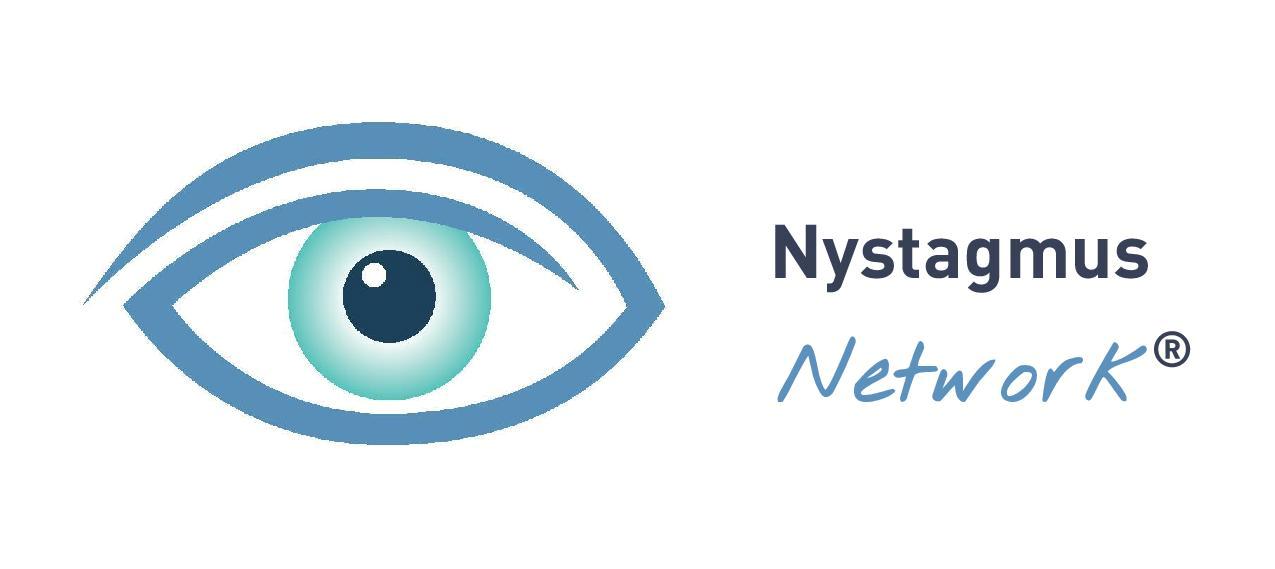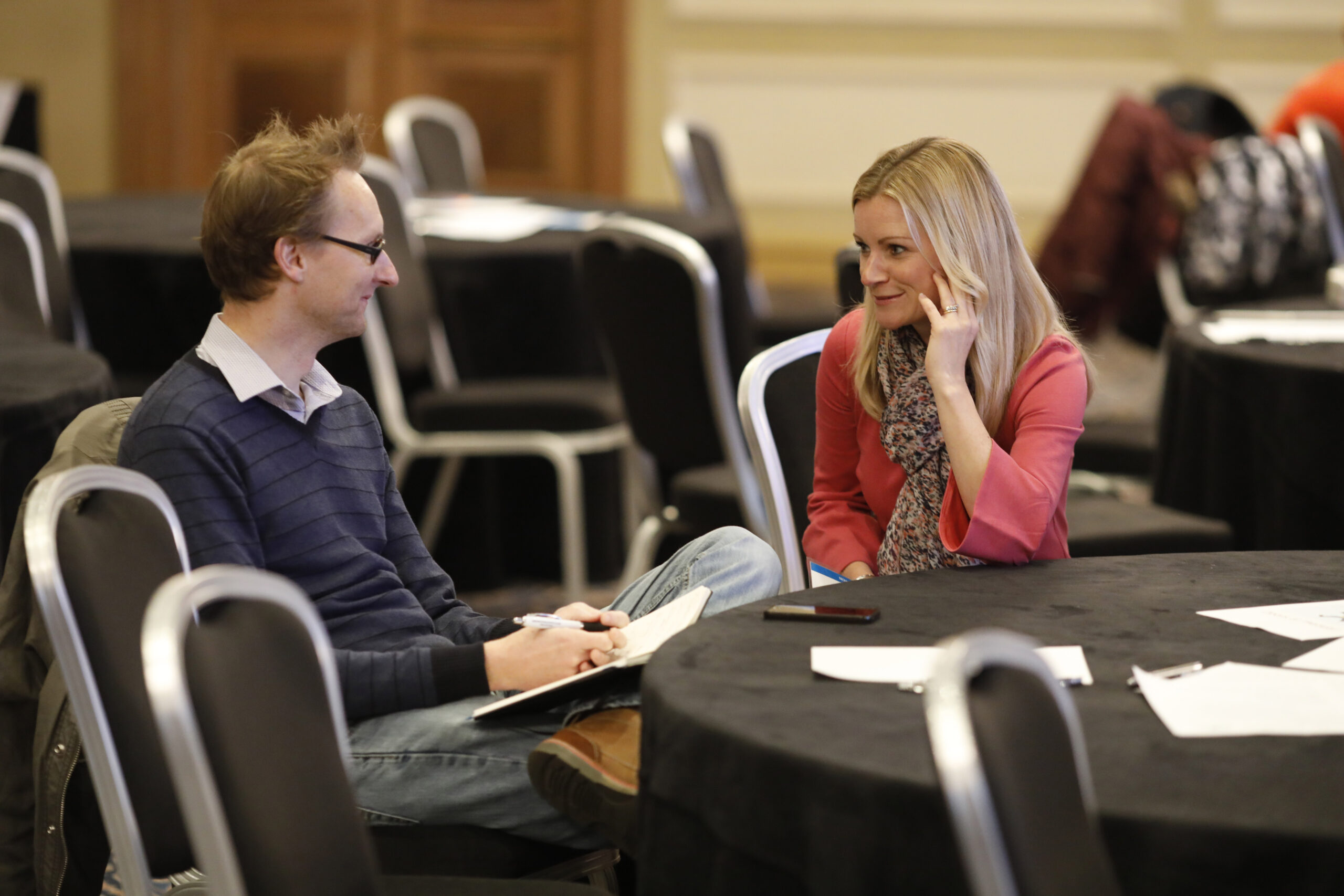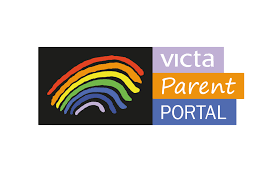With people joining us from both sides of the Atlantic, there was some very interesting discussion at the most recent Nystagmus Network forum for adults with Acquired Nystagmus and Oscillopsia.
Symptoms
It is always reassuring, particularly for new members of the group, to hear the wide range of symptoms others are experiencing. These range far beyond the eye sight (challenges reading small, and even larger print, on screen or on the page, compromised peripheral and 3D vision) but also include fatigue, dizziness, discomfort and difficulty sleeping, and generally feeling we are not ourselves. If you haven’t found it already, please see our general information booklet on AN and our guide, written by people who have nystagmus, Nystagmus is ….
Treatments – drugs
The most commonly used drugs, at least in the UK, are gabapentin, memantin and baclofen. These are all of the muscle relaxant type and available on the NHS. They work well for some people, whilst others experience varying side effects which can be similar to or even worse than the effects of AN itself, such as nausea, tiredness and, in some cases, depression.
Two of our group members are currently being prescribed Fampyra or Fampiridine which is part of a trial under the NHS. We are grateful to them for so generously sharing their experiences with us. This drug has been shown in the US to improve symptoms of downbeat nystagmus and was originally used to address difficulties with walking in ataxia and MS patients. You can read more about Fampiridine on the MS Trust website here.
Therapies
Several members reported on therapies they had heard about, had been suggested or that they had tried, including cranial osteopathy, atlas orthogonal chiropractic and kore therapy. Please speak to your doctor before embarking on any therapy or exercise routine, even neck stretches or yoga. You can read the experiences of Claire Entwistle, who has congenital nystagmus and describes all the various ‘alternative’ therapies she has tried in her book “What seems to be the trouble?”
Pillows
Various people have tried a range of neck pillows, supports and braces to ease discomfort when sitting or sleeping. These will of course be very personal to the individual and you could end up buying something that isn’t suitable or doesn’t help. Turning an ordinary pillow on its side and giving it a firm karate chop through the middle before you lie your head in the dip, can help keep your neck flat and your head supported on both sides.
The Nystagmus Care Pathway
The charity is working alongside nystagmus clinicians and researchers to develop a Nystagmus Care Pathway whereby anyone diagnosed with the condition, wherever they are in the country, will receive the most appropriate diagnostic experience, treatment and signposting to further support and information. You can read a summary in a Nystagmus Network blog post.The post contains a link to the full article in the British and Irish Orthoptic Journal. Work continues to get the pathway adopted as good practice by the Royal College of Ophthalmology.
Group Gmail
We’d like to offer you the chance to join a Gmail group for people with AN and Oscillopsia so you can keep in touch with each other more easily by email between zoom calls. The charity will also contact you via this group to invite you to future meet ups and keep you posted on nystagmus news and updates. If you would like to join this group, please contact us.
Facebook Group
Please do join the Nystagmus Network Facebook group for people living with AN and oscillopsia. It’s there for you to help you connect with others.
We will be hosting another online get together soon. Please contact us for details.




